When most people talk about cold climates, the immediate thought that comes to mind is colder than average air temperatures.
The truth is, there’s a little bit more to it, especially when it comes to growing food and trying to grow warmer climate foods.
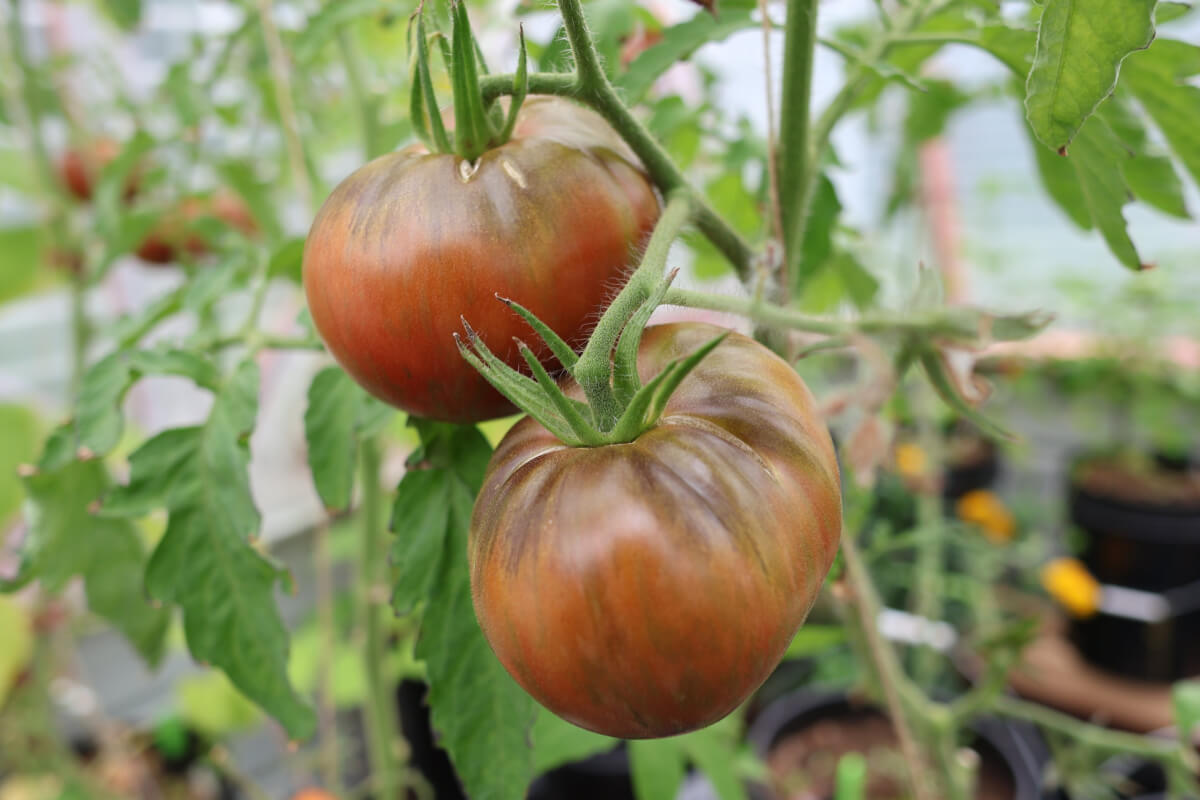
This post will explore our understanding of the influence that ambient air temperatures and soil temperatures have on plant growth.
Air Temperature vs. Soil Temperatures, Which Is More Important?
We’ll get straight to our point.
We’ve generally found, when growing in a colder climate, that soil temperatures tend to matter more than the actual ambient air temperatures.
Generally speaking, ensuring that the soil warms up sufficiently and quickly will provide better benefits to your plants than focusing solely on increasing the air temperatures surrounding your plants.
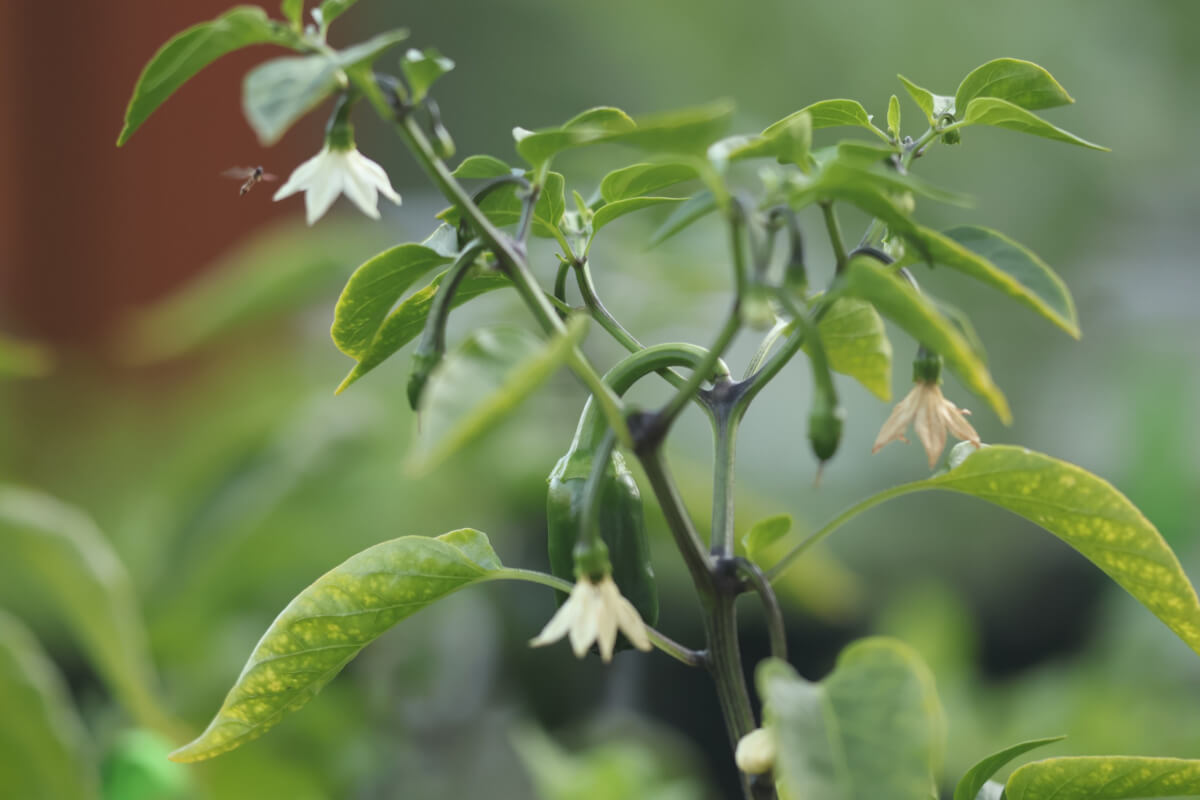
The temperatures of the air and the soil are not necessarily the same. In fact, they are rarely the same.
Many plants, particularly warmer climate crops like tomatoes, will respond better to warmer soil temperatures than the plant will care about the ambient air temperatures.
Our experience has also generally shown that all plants that experience generally warmer soil temperatures will perform better than cooler soil temperatures.
There are theoretical limits to this concept, as warming the soil too much can actually be detrimental to the plant’s growth.
Air Temperature & Soil Temperature Characteristics
In warmer temperatures, the soil can absorb heat from both the sun and surrounding air. In some cases, the temperature of the soil can actually exceed the ambient air temperatures.
This soil heating process largely occurs because of the sun’s electromagnetic radiation.
Fun fact? The absorption of this radiation is responsible for the change of seasons, with more absorption occurring over summer months and less over winter.
This increased absorption is especially true when growing in containers, particularly dark colored containers that will absorb maximum amounts of heat from the sun’s wavelengths.
Likewise, during periods of colder temperatures, the soil can remain below ambient air temperatures until it has a chance to warm up. This can sometimes take hours to occur.
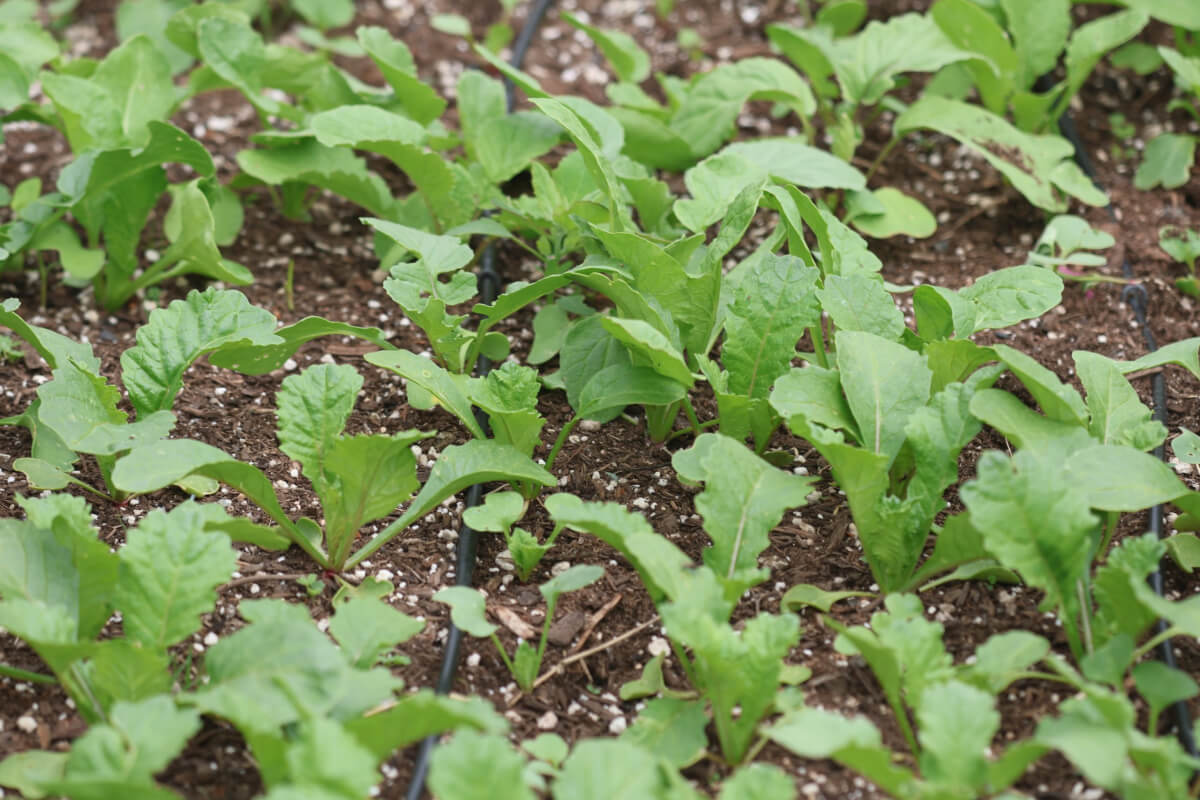
Soil temperatures move much more slowly than ambient air temperatures.
Where the air temperature can fluctuate many degrees within a short period of time, soil temperatures will move much more slowly.
Methods Of Increasing Soil Temperatures
Although we talk a lot about the methods for warming soil temperatures on other pages of our site, we’ll quickly cover some of the top methods you can use to increase soil temperatures.
- Growing in containers, particularly dark colored containers
- Raised beds
- Raised rows
- Using mulch, particularly dark colored
- Thermal mass
- Increasing ambient air temperatures via greenhouses & hoop houses
All of the above methods will generally promote warmer soil temperatures compared to say, growing directly in the ground.
Truth be told, the sun’s electromagnetic radiation also increases the ground temperatures as well. However, this occurs at a much slower rate since there is much more thermal mass to heat up.

Our cold climate growing experience has generally shown that growing in darker colored containers is the most superior method at promoting the warmest possible soil temperatures.
Darker colors will absorb the sun’s electromagnetic frequencies, whereas lighter colors will reflect the sun’s energy. The absorbed photon energy from the sun is directly converted into thermal energy.
When there is less overall thermal mass to heat (e.g. raised bed, raised row or container), the temperatures will rise more quickly. Containers have the advantage of minimizing the amount of soil that needs heating.
An Experiment Showing Significance Of Air vs. Soil Temperatures
While it’s difficult to design an experiment that can truly isolate air temperatures and soil temperatures, the gardener can observe differences using different growing techniques.
To explore this topic “more scientifically,” we performed an experiment on a relatively “warm climate” plant (specifically, Moringa) where we grew three of the same plants, three different ways:
- Growing in a greenhouse (higher soil & air temperatures)
- Growing outdoors in a container (lower air & higher soil temperatures)
- Growing in ground (lower air & soil temperatures)
While there are many confounding variables in such an experiment, the results are quite repeatable and very easily observed.
In our case, the greenhouse grown plant shows the most growth and physical size. While the plant experienced both warmer air and soil temperatures (to its benefit), we can isolate these results.
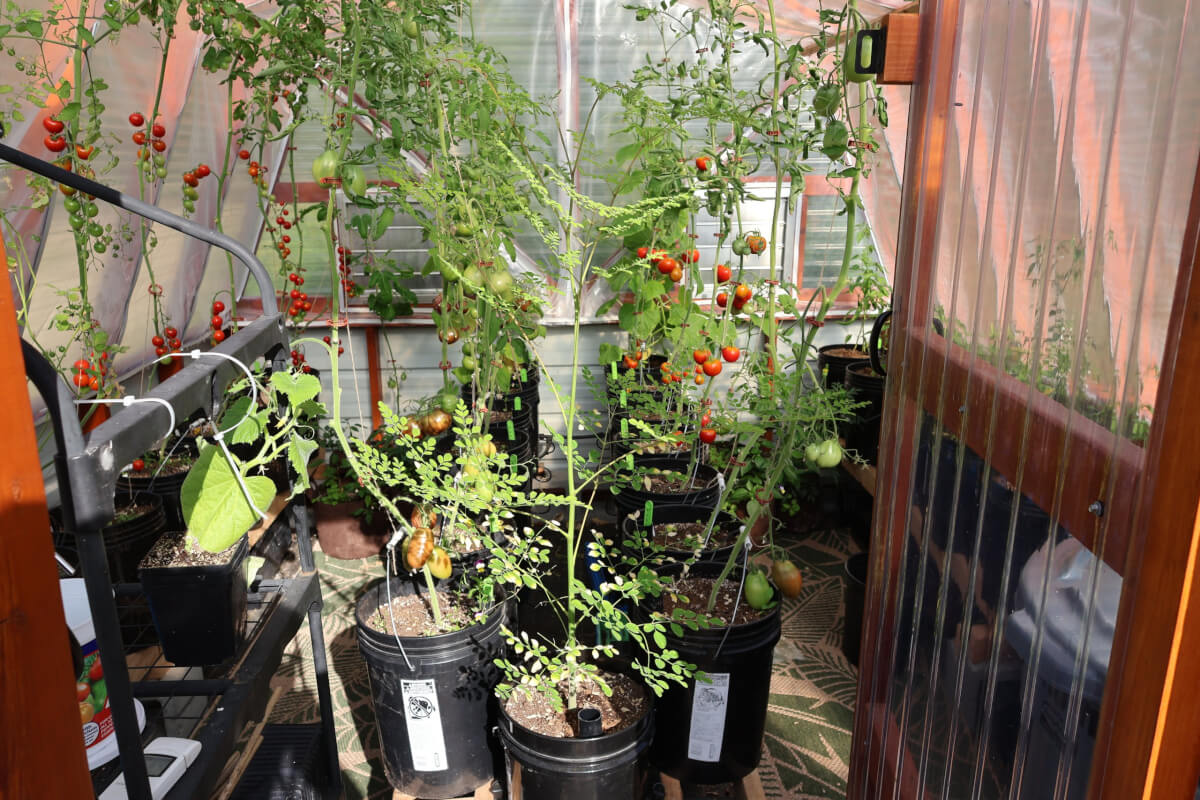
Our greenhouse grown moringa grew to about 3.5 feet tall. It had the most optimal environment for growing.
Our second best result was seen using a dark container grown outdoors. This plant received higher soil temperatures, but was still substantial in size. This largely can only be explained by the increased soil temperatures since the above test largely indicates the effect of higher ambient air temperatures.
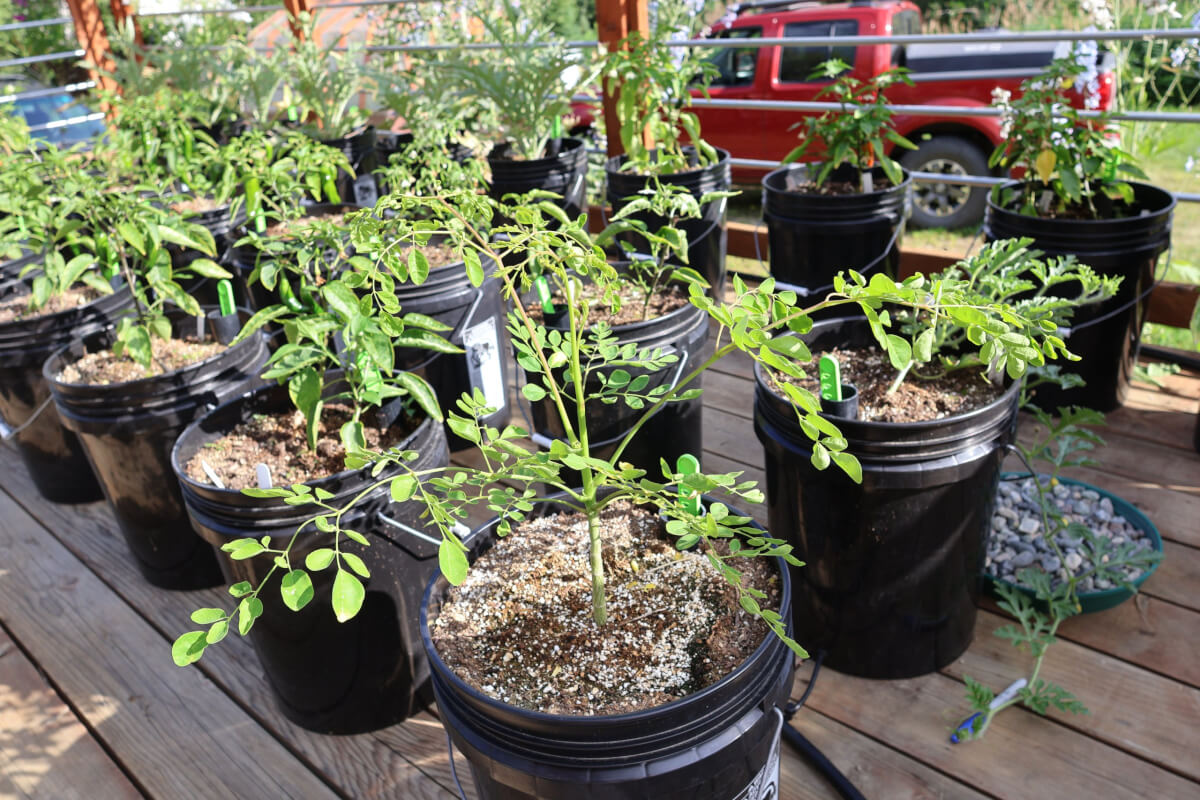
Our outdoor container grown moringa grew to about 2.5 feet tall, just slightly smaller than the greenhouse grown plant.
Our “worst” result was seen growing in ground. In this case, the plant received both cooler soil and cooler ambient air temperatures. This “control” test largely shows the improvement seen by increasing soil temperatures.
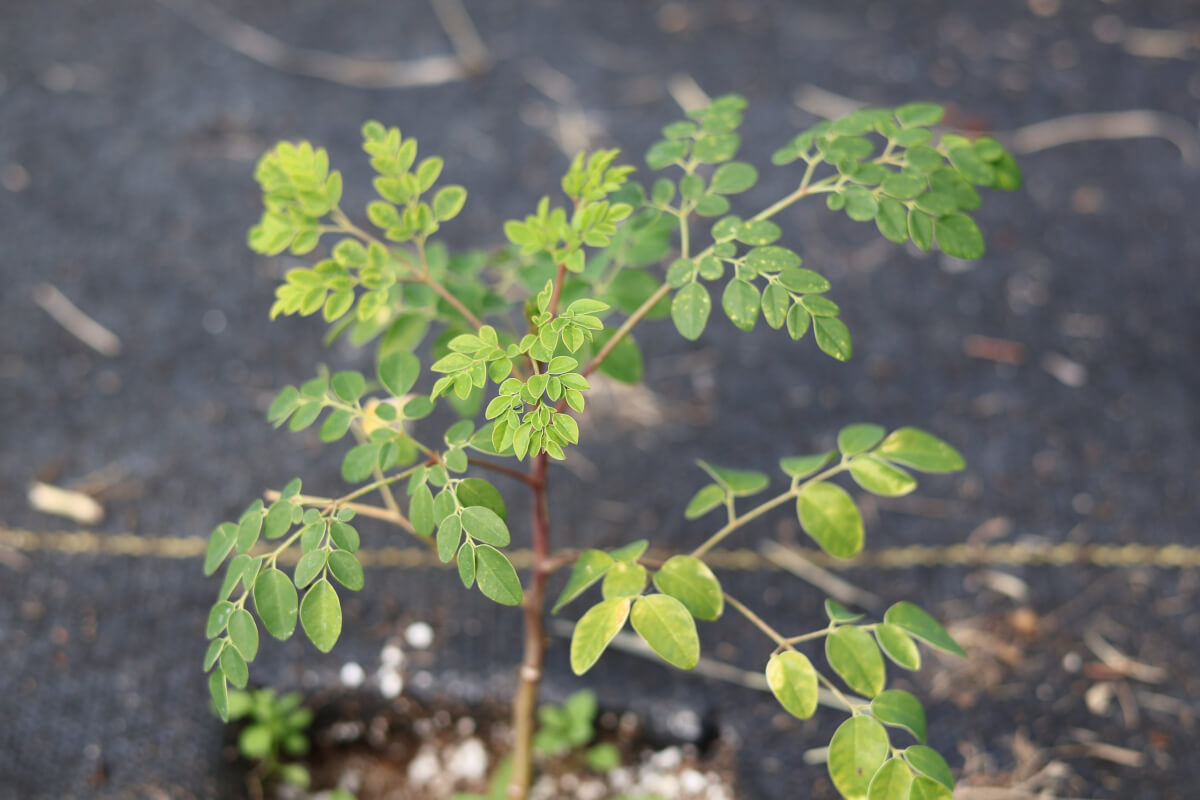
Our outdoor, in-ground grown moringa barely exceeded a foot in height. It was less than a third the size of our greenhouse grown and half the size of our container grown moringa.
While we do admit there are many confounding variables involved in this simple experiment, the above results decidedly show improvements when you adjust certain variables.
To summarize the results of this experiments:
- High ambient air & high soil temperatures
- Excellent growth
- Approximately 3.5 feet of growth
- Low ambient air & high soil temperatures
- Moderate growth
- Approximately 2.5 feet of growth
- Low ambient air & low soil temperatures
- Low growth
- Approximately 1 foot of growth
In this experiment, we were able to achieve about 70% of to “best possible” growth, simply by increasing soil temperatures. Comparatively, not addressing soil temperatures resulted in only 28% of the “best possible” growth.
It’s Easier & Cheaper To Move Soil Temperatures
A lot of northern growers pursue methods for raising ambient air temperatures as one of their primary goals.
From hoop houses to greenhouses, this pursuit is frequently seen across most “serious” northern growers.

However, you can “move the needle” on plant growth performance quite significantly by promoting warmer soil temperatures.
Using techniques, such as growing in containers, is often much less expensive than building something like a greenhouse.

This is one of the reasons we primarily grow our pepper crop almost entirely outdoors in containers.
We’ve tried growing those same pepper plants in our greenhouse. We see more of a difference from growing our peppers in containers than we see by increasing ambient air temperatures in our greenhouse!
Do those peppers perform a little bit better in the greenhouse? Sure. But, it’s not enough of a difference for us to justify using our valuable greenhouse space for marginally better performance.
Sometimes Ambient Air Temperatures Do Matter
For some kinds of plants, the ambient air temperatures are going to make a more significant difference.
In general cold climate growing, though, the majority of plants will respond well to increasing soil temperatures alone.
Our experience has shown that a few plants do respond better when offered higher than ambient air temperatures:
- Tomatoes (promotes faster maturation)
- Basil (promotes faster growth)
- Cucumbers (promotes faster growth)
- Peppers (particularly those that require a color change for maturity)
This is why we generally grow these particular plants in our greenhouse. The value that we see from the higher ambient air temperatures provides a direct and measurable benefit to these particular crops.
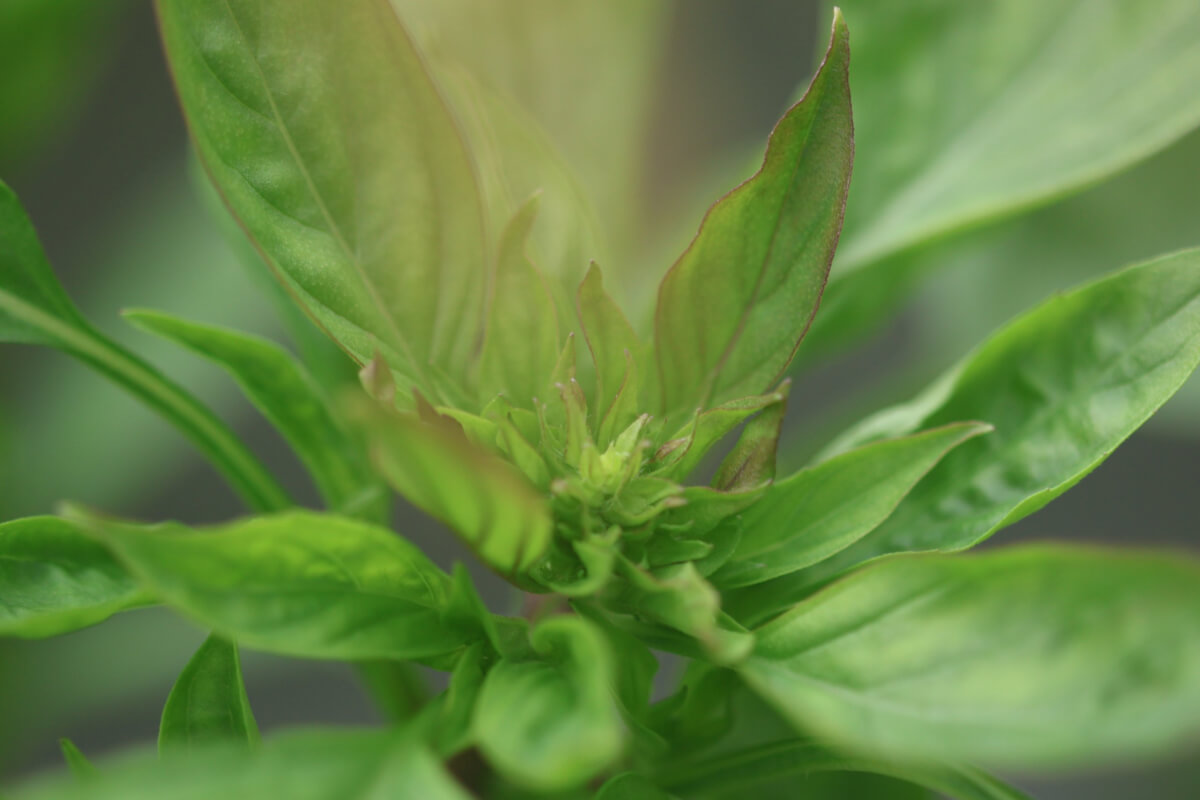
When it comes to fruiting plants, like tomatoes, peppers and cucumbers, the higher ambient air temperatures help with both fruit creation and maturation.
Sometimes High Ambient Air Temperatures Are Harmful
While not directly related to this topic, it’s a valuable inclusion.
While most all crops will respond well to soil warming techniques, that isn’t equally true for raising ambient air temperatures through hoop house and greenhouse techniques.
Most cold climate crops will generally respond poorly if grown in a greenhouse, particularly over the heat of summer. For most of these crops, high ambient air temperatures are used by the plant to trigger the flowering process.
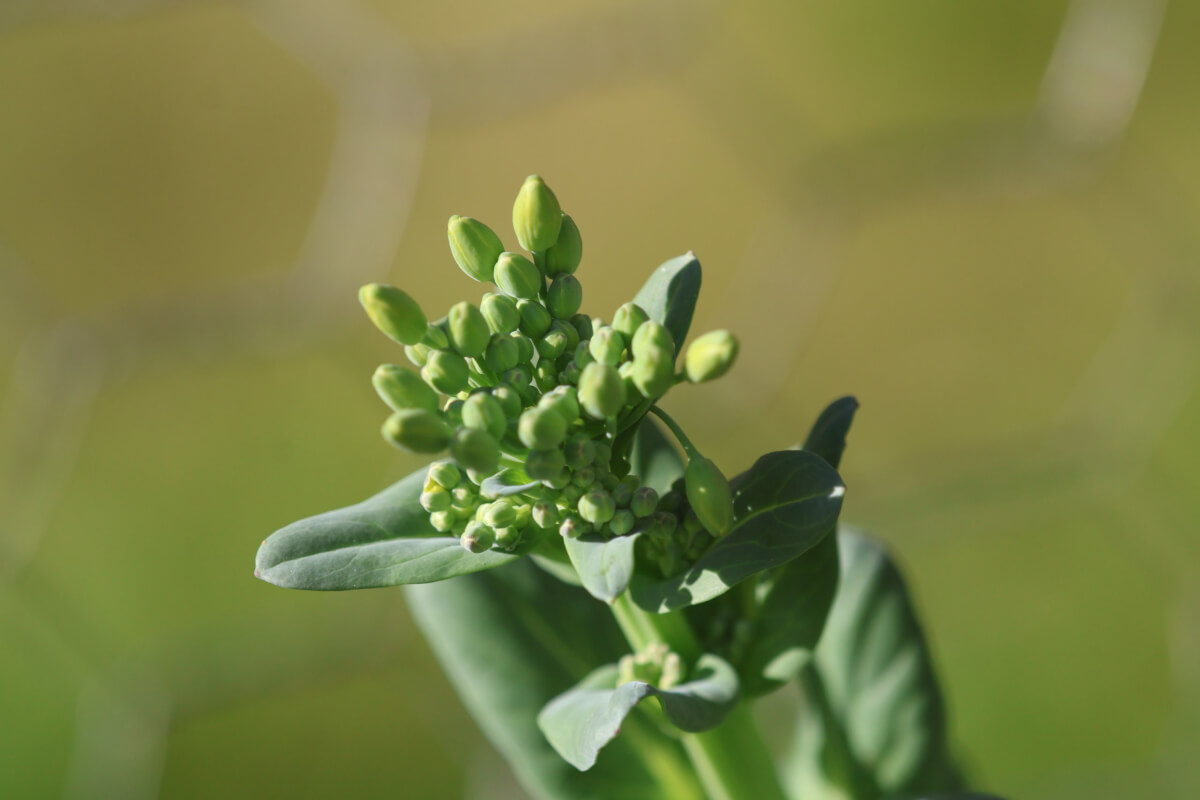
Examples of crops that might experience early flowering due to higher ambient air temperatures include:
- Broccoli
- Cabbage
- Radish
- Lettuce/Greens/Kale
- Most cold climate crops
A very large majority of colder climate crops perform their flowering process in response to warm temperatures.
So, while the greenhouse may be valuable for growing these crops during the shoulder seasons and relatively cool outdoor temperatures, they are best avoided for summer greenhouse or hoop house growing.
You can also use the greenhouse’s advantages to grow crops during periods of frost and then transition them outdoors during the summer’s growing months.
Consider Moving Soil Temperatures Before Air Temperatures
If you’re trying to improve your cold climate growing capabilities, our experience generally shows you will see more improvements by trying to move soil temperatures higher.
While you can also see benefits from pursuing higher ambient air temperatures through greenhouses and hoop houses, your overall rates of improvement will come from those soil temperatures.
This is especially important for newer growers that may not yet have the financial means of building a greenhouse or hoop house.
We hope that this focused article has helped illuminate things on this topic.
As always, should you have any comments or questions, we welcome you to engage below!
That’s All We Wrote!

Having a good time? We have an ever growing list of insightful and helpful subarctic & cold climate gardening articles, waiting out there for you!
- Cold Climate Gardening Basics 👉
- Growing Your Garden From Seed Indoors 👉
- Advanced Cold Climate Gardening Techniques 👉
- Plant Specific Cold Climate Growing Guides 👉
- Subarctic Perennial Food Forests & Foraging 👉
- Indoor Garden Lighting & Grow Rooms 👉
- Greenhouses & Temperature Control 👉
- Harvesting & Food Preservation 👉
- Solving Cold Climate Garden Problems 👉
- 1 Minute Reads On Tons Of Garden Topics 👉
FrostyGarden.com is 100% ad-free and we do not use affiliate links! This resource is voluntarily supported by our readers. (Like YOU!) If we provided you value, would you consider supporting us?
